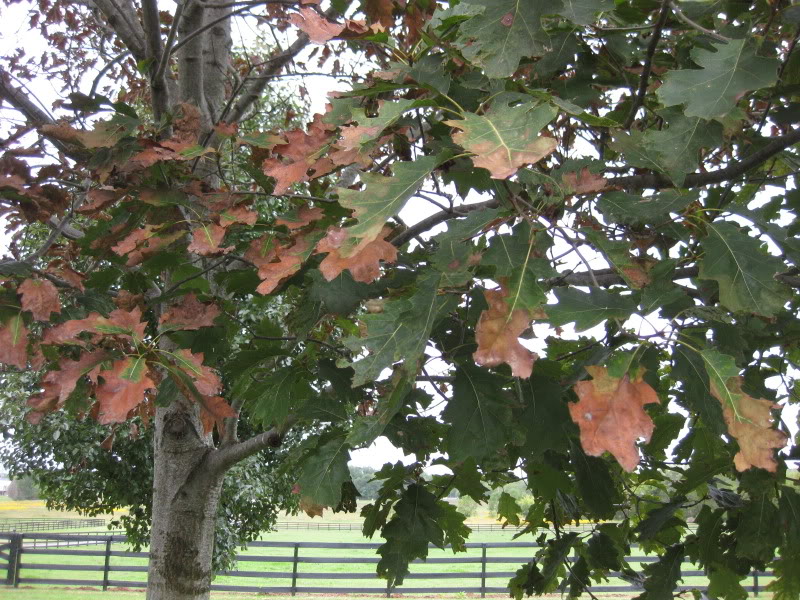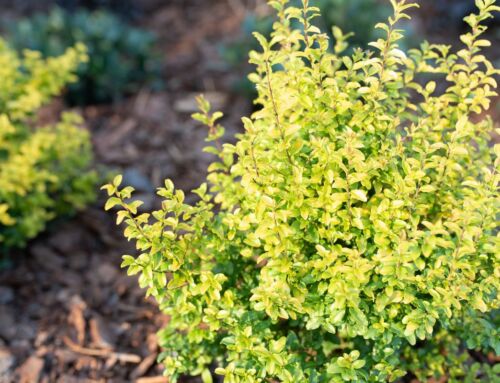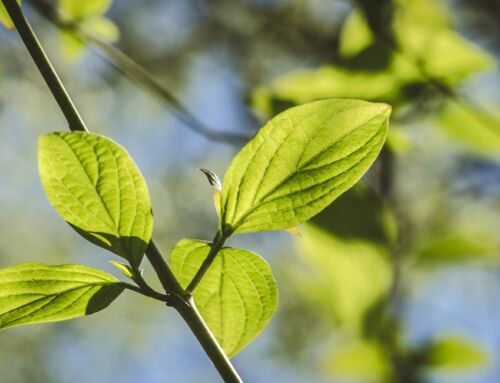The battle against oak wilt in Michigan continues to rage on. To protect trees and your property overall, it’s important to realize what you’re up against and how you can do the right thing to minimize and prevent further damage from occurring.
Oak wilt is a fungal disease especially common in the central and Midwest United States. It moves through the water-conducting tissue, or vascular system, of a tree and clogs the “veins” of an oak tree. Symptoms may include bronzed or partially brown leaves (leaf tips and/or margins will be brownish in color while the rest of the leaf is green). Suspected infected trees are usually determined in laboratories.
Not only can the effects kill mature trees in a swift timespan, but the disease can actually spread underground via root grafts and negatively affect neighboring trees. A lot of the hesitance and fear revolving the disease is that it’s not only perilous, but it occurs without humans being able to visually compute the decay. It can also spread overland by insect transmission or by firewood.
The Michigan State University College of Agriculture and Natural Resources, or CANR, said the disease was first recognized in the U.S. in Wisconsin around 1944. However, further studies — which took up until the 1980s to come to fruition due to fungus identification — have revealed oak wilt probably arrived in the country around 1900. It has never been reported in any other country worldwide, and has infected approximately 24 states.
It is believed to have originated in Michigan in the 1970s. The Michigan Department of Natural Resources reported that oak wilt has been discovered in 61 counties statewide. Oak trees, meanwhile, comprise about 10% of Michigan forests and could potentially impact 149 million red oak trees across 20 million acres of forest land.
So, what can you do to alleviate the disease? A lot of things, actually, including: not pruning during the high-risk period between April 15 and July 15; paint potential wounds with tree wound or latex-based paint in the summertime as soon as possible; do not move firewood from trees killed by oak wilt; reported trees to the Michigan DNR; or get a lab verification.
Our experts here at Camelot are all too familiar with oak wilt and can provide you the best suggestions of what you should do if your trees are stricken with the disease. Contacting us today may prevent that from ever happening in the first place.
Image Courtesy of All American Tree Services





